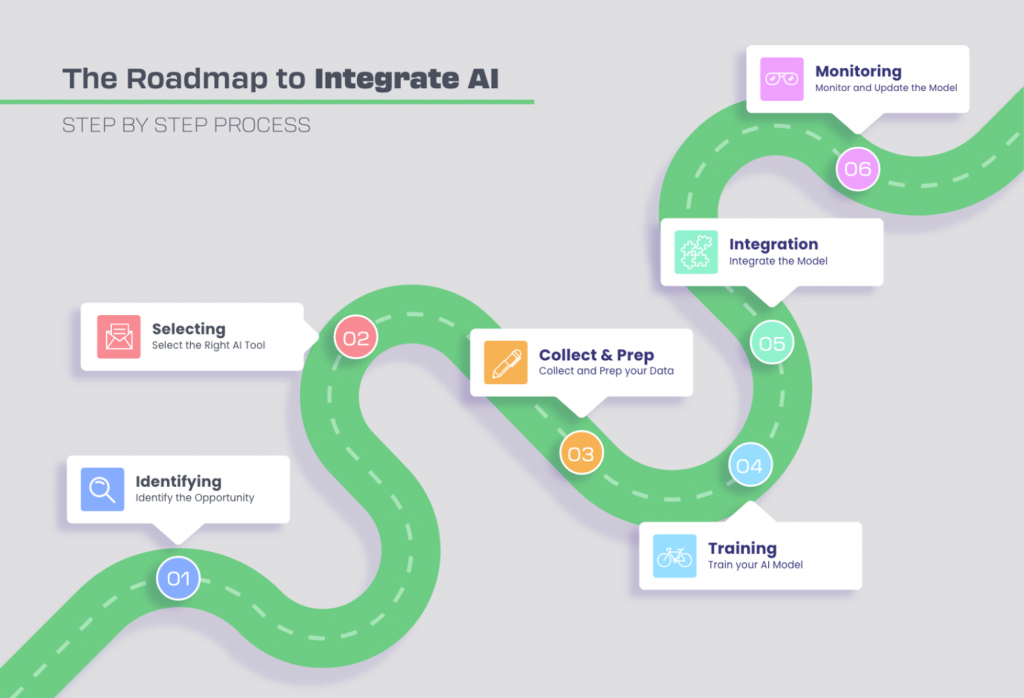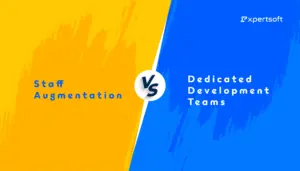Artificial Intelligence (AI) isn’t just a buzzword in the tech industry; it’s a transformative force that’s reshaping the landscape of software development. Think of AI as your intelligent collaborator that can learn, adapt, and even make decisions. But how do you incorporate this collaborator into your software development process? Let’s demystify this in a straightforward manner!
Understanding AI
Before we delve into the ‘how’, let’s take a moment to clarify the ‘what’. AI is a broad discipline that involves creating machines capable of mimicking human intelligence. This includes learning from experience (machine learning), understanding human language (natural language processing), recognizing patterns (data mining), and making decisions.
The Case for AI in Software Development
- Boosting Efficiency: AI can automate repetitive tasks, freeing up developers to focus on more complex issues. It’s like having a diligent assistant that works round the clock!
- Enhancing Quality: AI can help detect and rectify bugs early in the development process, thereby improving the quality of the software.
- Personalizing User Experience: AI can tailor user experiences based on their behavior and preferences, providing a bespoke service for each user!
The Roadmap to Integrating AI in Software Development
- Identify the Opportunity: The first step is to pinpoint where AI can add value to your software. Do you want to automate tasks, enhance user experience, or facilitate smarter decisions?
- Select the Right AI Tool: Depending on your needs, you might use machine learning, natural language processing, or another AI technology. There’s a plethora of AI tools and libraries available, like TensorFlow, PyTorch, and Keras for machine learning, or NLTK and SpaCy for natural language processing.
- Collect and Prep Your Data: AI thrives on data. You’ll need to gather relevant data and prepare it for your AI models.
- Train Your AI Model: Using your data, you’ll need to train your AI model to perform its tasks. This might involve supervised learning (where you provide input and expected output) or unsupervised learning (where the model identifies patterns in the data).
- Integrate the AI Model into Your Software: Once your AI model is trained and tested, you can incorporate it into your software. This might involve using APIs, SDKs, or other tools.
- Monitor and Update Your AI Model: AI isn’t a “set it and forget it” technology. You’ll need to monitor your AI model’s performance and update it as necessary.
The Roadmap to Integrate AI – Step by Step Process

Conclusion
Integrating AI into software development might seem like a daunting task, but it’s a journey worth embarking on. With the right approach and tools, you can harness the power of AI to create software that’s more efficient, effective, and user-centric. So why not take the plunge? The future of software development is AI-powered, and the future is now!



